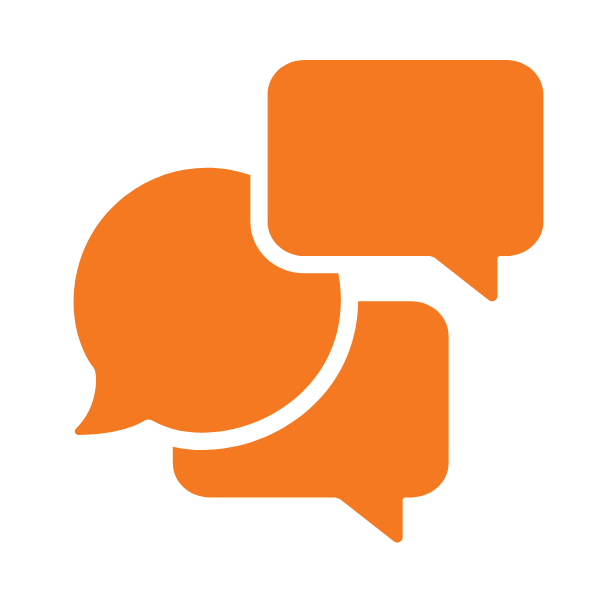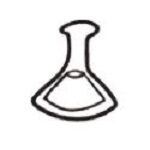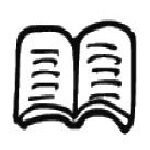STRATEGY FOCUS
Block Party
PURPOSE
A Block party is a party in which members of a single community congregate to get to know others in the community. Similarly, the Block Party literacy strategy provides students an opportunity to informally share their specific work or ideas with members of the classroom community. Students may respond to texts such as poems, quotes, cartoons, pictures, documents, articles or whole books. Their responses to the text may be a thought or opinion, written response, or visual representation. While sharing, students mingle in the space, self-selecting who they would like to congregate with and rotating to different classmates as time allows.

PROCESS
- Provide students with a guiding question or prompt in which they respond by way of a thought or opinion, written response, or visual representation.
- Instruct students to mingle and take turns sharing their response with another student.
- Have students travel to at least three other peers to repeat the sharing and listening process.
- Debrief the process.
PROBING QUESTIONS
CONSIDERATIONS
- What was the most difficult part of the process for you?
- How was your thinking similar or different from someone else?
- How do the skills in Block Party transfer to another part of your life?
- Introduce this strategy using a topic of high interest so students learn more about the process, rather than the content, the first few times they practice the strategy.
- Have students form triads or quads and share responses about implications for the topic being studied.
- The whole group can share ideas and questions raised by the experience.
- Quotes and texts may need to be excerpted rather than using the longer text.
- This strategy can be paired with a Quick Write as the prompt.
CONTENT APPLICATIONS
![]()
WORLD LANGAUGES
Students ask one another questions about their daily routines in the target language.
![]()
SOCIAL STUDIES
Students create a timeline of historical events.
 SCIENCE
SCIENCE
After creating an initial model to explain a novel phenomenon, students mingle with one another to share the ideas they represented in their models.
![]()
HEALTH & PHYSICAL EDUCATION
Students make a list of the physical, social, and mental/emotional benefits of being physically active and discuss with peers.
![]()
MATHEMATICS
Students explain how they worked the next step in a formula or an equation.
![]()
VISUAL & PERFORMING ARTS
Students mix and mingle to discuss different types of dances and choreography.
 ENGLISH
ENGLISH
LANGUAGE ARTS
Students mix and mingle to share their Quck Write response to a guiding question.
![]()
CAREER & TECHNICAL EDUCATION
In a fire science class, students discuss firefighter safety techniques according to different scenarios.
Sources
Beers, K. (2003). When kids can’t read, what teachers can do: A guide for teachers, 6-12. Portsmouth, NH: Heinemann.
